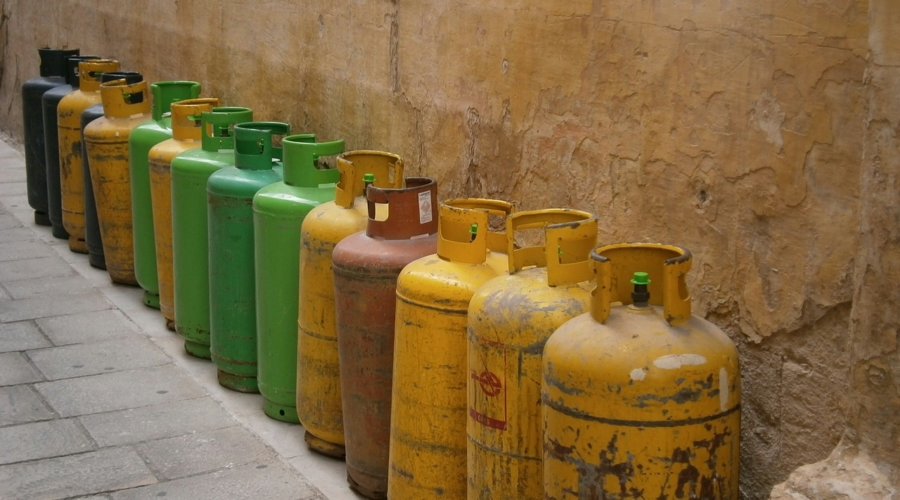Implications of Non-Compliant Gas Piping and Lack of Gas Cage in a Residential Dwelling
Introduction
Gas installations are critical components of residential safety, governed by national legislation and local bylaws like the Saldanha Bay Municipality’s Gas Installation Bylaw. Non-compliant installations, such as improper piping or the absence of a protective gas cage, pose severe safety, legal, and financial risks. This case study explores these implications through a hypothetical scenario, emphasizing the importance of compliance and maintenance.
Regulatory Framework
Saldanha Bay Municipality Bylaws
- Gas Installation Bylaw:
- Definition: Includes all components used for gas conveyance and utilization.
- Compliance: Must align with SANS 10087 and OHSA standards.
- Certification: Installers must be certified.
- Inspections: Municipalities may inspect for compliance.
- Building Control Bylaw:
- Scope: Applies to all buildings.
- Integration: Gas installations must comply with the Gas Installation Bylaw.
National Legislation
- Occupational Health and Safety Act (OHSA):
- Employers and property owners must ensure safe installations.
- National Building Regulations:
- Buildings must prioritize safety and health.
Scenario Description
In this hypothetical case, a residential property features gas piping that does not meet SANS 10087 standards and lacks a gas cage to protect the installation. The absence of compliance raises significant risks, explored below.
Key Implications
Safety Risks
- Gas Leaks:
- Faulty piping increases the likelihood of leaks, potentially causing fires, explosions, or suffocation.
- Carbon Monoxide Poisoning:
- Poorly maintained gas appliances may emit this odorless, toxic gas, leading to life-threatening conditions.
- Fire Hazards:
- Exposed gas cylinders without a protective cage heighten the risk of fire, especially near heat sources.
Legal and Regulatory Consequences
- Non-Compliance:
- Violations of SANS 10087, OHSA, and local bylaws can result in fines or penalties.
- Insurance Liability:
- Homeowners may lose coverage or face denied claims if accidents result from non-compliance.
- Municipal Action:
- Authorities may impose corrective measures or restrict occupancy.
Financial Impact
- Repair Costs:
- Upgrading to compliant installations and adding a gas cage incurs immediate expenses.
- Insurance Premiums:
- Non-compliance can lead to higher premiums or policy cancellations.
- Property Value:
- Safety concerns and regulatory violations can reduce market value.
Recommendations for Compliance
- Install a Gas Cage:
- Use certified equipment that meets SANS 10087 and local bylaw standards.
- Upgrade Piping:
- Replace all non-compliant piping with materials that adhere to safety standards.
- Regular Inspections:
- Schedule annual maintenance checks with certified professionals.
- Engage Qualified Installers:
- Ensure all work is performed by accredited technicians.
- Maintain Documentation:
- Keep records of compliance for inspections and insurance purposes.
Conclusion
Non-compliant gas installations pose severe risks to life, property, and the environment. Local municipalities, such as Saldanha Bay, play a crucial role in ensuring compliance by conducting inspections, enforcing regulations, and providing guidance to homeowners. By adhering to national and municipal standards, property owners can mitigate safety risks, avoid legal consequences, and ensure the well-being of occupants.
This case study underscores the importance of proactive measures in gas safety, highlighting the shared responsibility between homeowners, certified professionals, and local authorities.
#SmallTownZA #HopefieldCommunity #BehindTheScenes #LocalVoicesZA #SaldanhaBayDistrict #SouthAfricaRural #CommunityFirst


